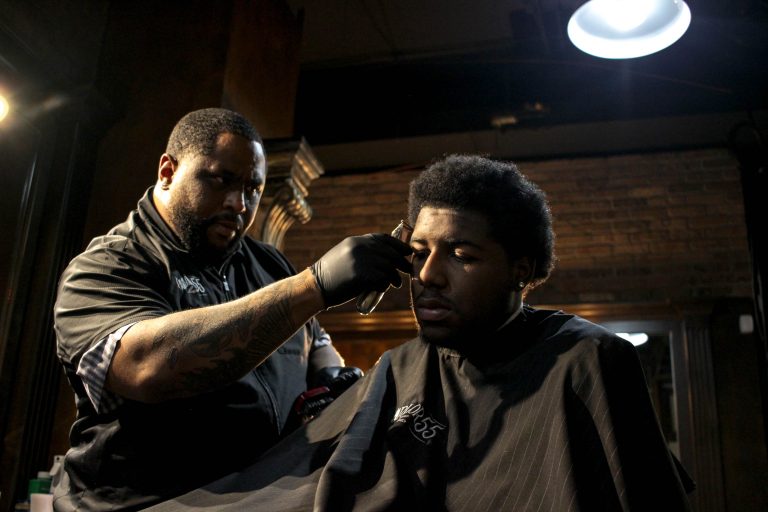Assuring Customer Health Through Efficient Safety and Safety Standards throughout the Barbering Sector
Assuring Customer Health Through Efficient Safety and Safety Standards throughout the Barbering Sector
Blog Article
The barbering industry plays a significant role in personal grooming and self-maintenance. However, it is essential to prioritize the health and safety of both customers and stylists in this setting. Robust sanitation and protection standards are crucial for maintaining cleanliness standards, preventing accidents, and ensuring a positive interaction for all parties engaged. By adhering to these guidelines, professionals can establish a safe space that fosters confidence and ease among patrons.
One key component of health and safety in barbering is cleanliness. Stylists must adhere to rigorous hygiene practices, including regular disinfecting of equipment and stations. This involves disinfecting scissors, clippers, and combs after every use to remove the possibility of transmitting germs or infections. Additionally, professionals should use sanitized gowns and linens for each client to promote a sanitary environment. Applying these measures not only safeguards customers but also enhances the reputation of the barbering establishment.
Another important requirement addresses the safe handling of chemicals used in hair treatments. Products such as hair dyes, relaxers, and other styling agents can present hazards if not handled correctly. Barbers must follow protective protocols for the containment and use of these products to prevent skin irritations or allergic reactions among clients. Wearing gloves and providing adequate airflow during procedures are crucial measures that professionals should implement to protect client safety while delivering browse around this web-site quality services.
Accident prevention is also a key element of health and safety regulations in barbering. Barbershops should be designed with safety in mind, minimizing hazards such as slippery floors or cluttered workspaces. Staff should be trained in emergency procedures, including how to handle cuts or burns that may occur during service. Providing first aid kits and ensuring that all continue reading this staff members know their locations is an effective way to prepare for unexpected incidents. By prioritizing safety measures, barbers can create an atmosphere where patrons feel safe and well-attended.
Lastly, effective interaction is essential to supporting customer wellbeing in the barbering industry. Barbers should engage with clients about their needs and any potential risks associated with the services provided. This involves reviewing sensitivities to chemicals or prior negative experiences experienced by clients. By fostering open dialogue, barbers can develop rapport with their customers while delivering that they get personalized care tailored to their individual needs. In the end, upholding wellness and protection standards will lead to improved client satisfaction and a successful haircare practice.